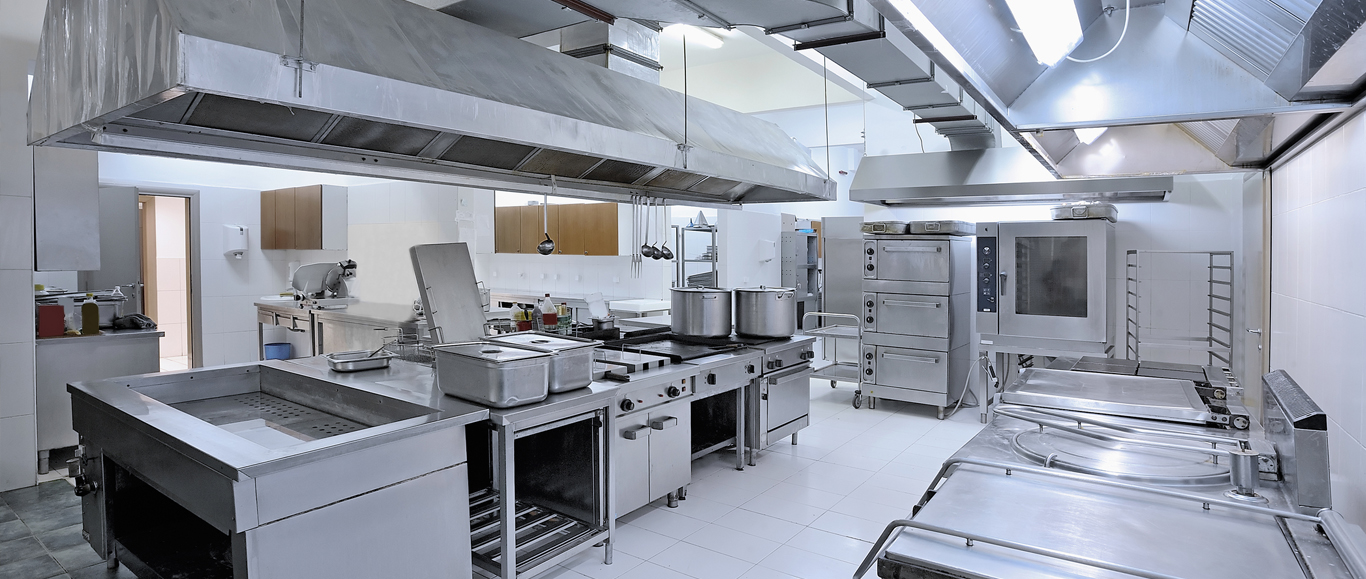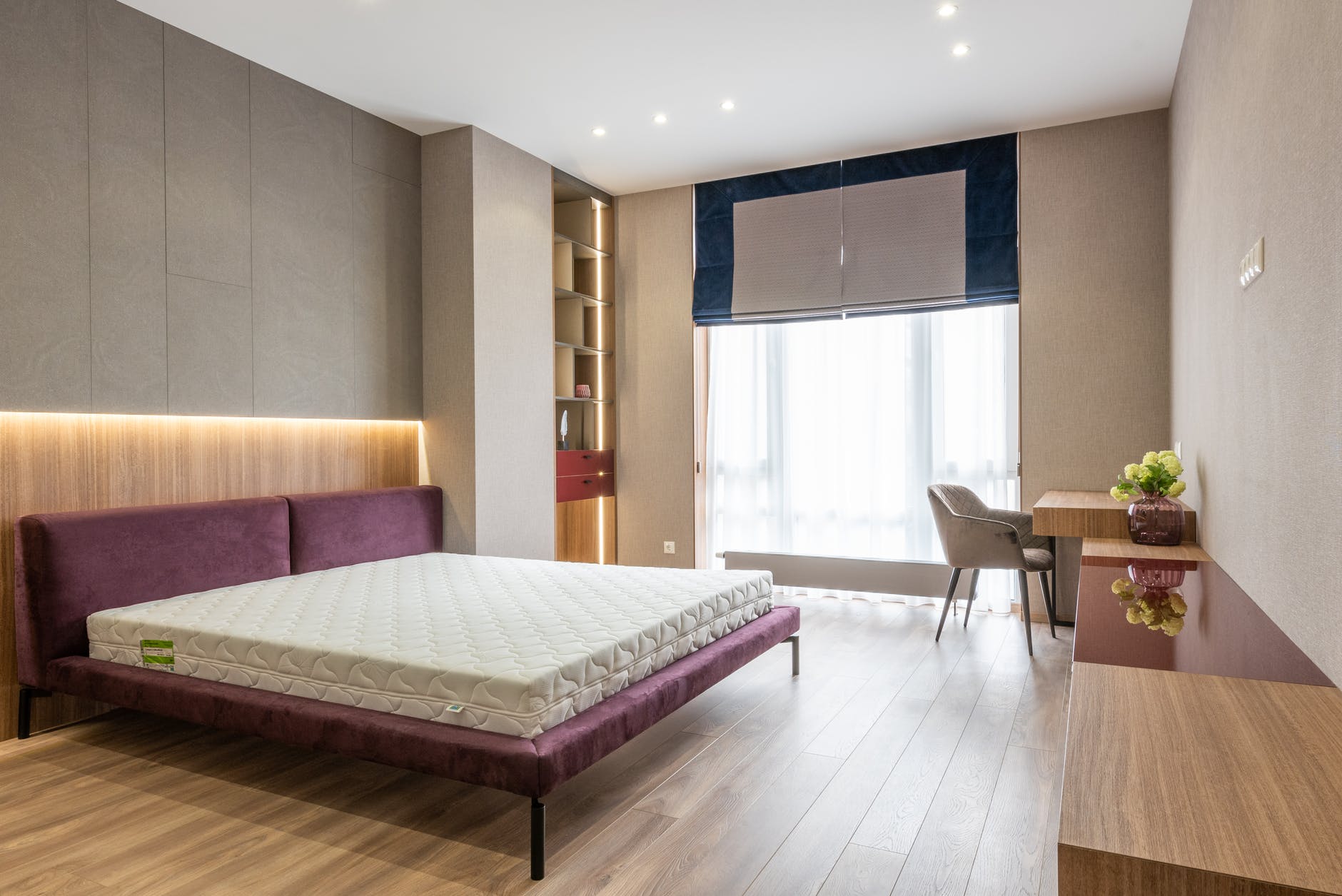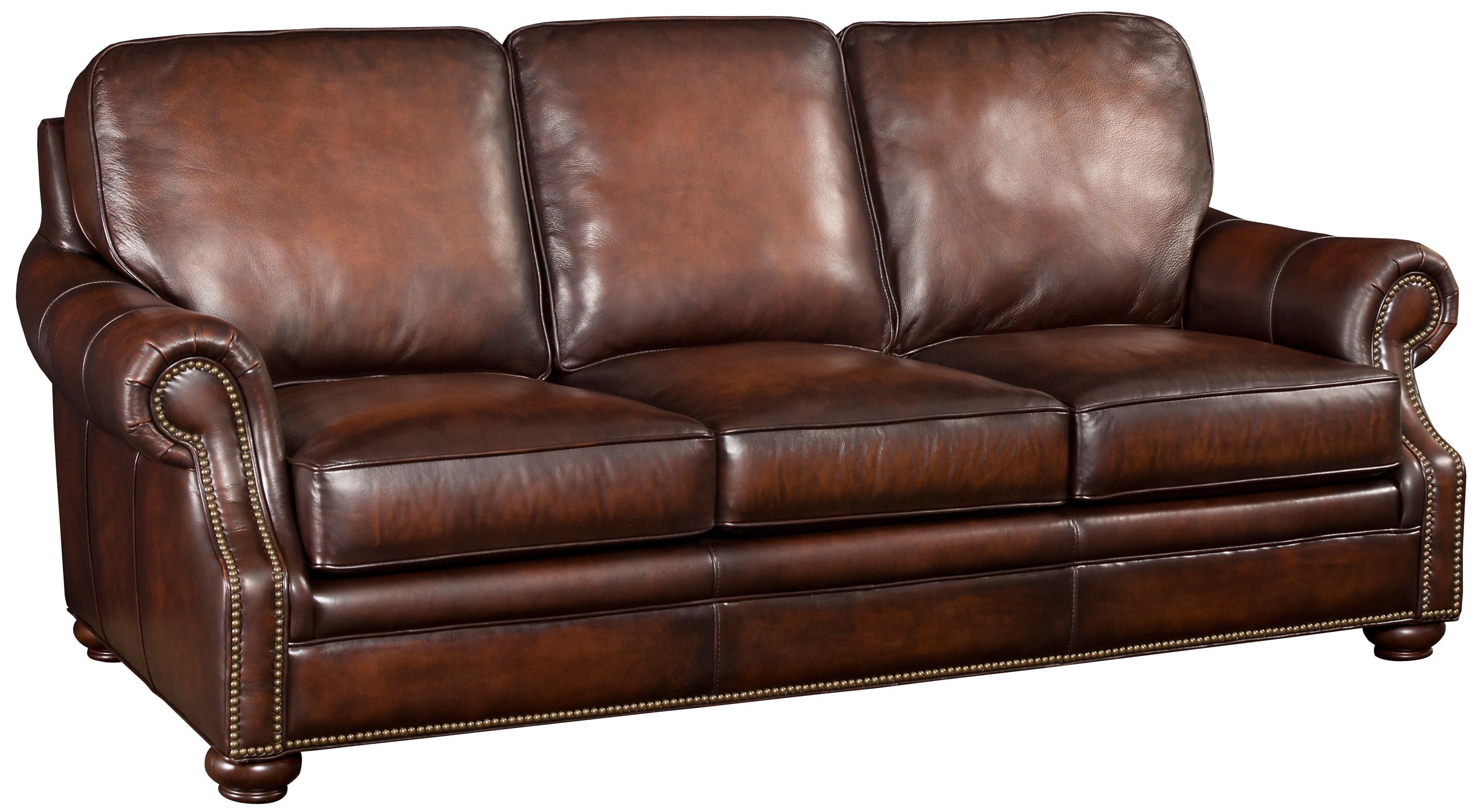When it comes to running a successful fast food restaurant, efficiency is key. This starts with the design of the kitchen, which should be carefully planned to ensure smooth operations and maximum productivity. A well-designed fast food kitchen will not only improve the speed of service, but also the quality of the food and the overall dining experience for customers. efficient kitchen design is all about creating a layout that allows for easy movement and organization, minimizing wasted space and reducing the time it takes to prepare meals. This can be achieved through a variety of strategies, such as grouping similar tasks together and having designated areas for specific ingredients or equipment.1. Efficient Kitchen Design for Fast Food Restaurants
One of the key elements of an efficient kitchen design for a fast food restaurant is a streamlined layout. This means arranging the different workstations and equipment in a logical and efficient manner, with consideration for the flow of tasks and movement of staff members. Streamlining the layout can also help to reduce the risk of accidents and injuries, as well as improve communication and teamwork among kitchen staff. By eliminating unnecessary steps or obstacles, a streamlined kitchen design can greatly improve the speed and quality of service.2. Streamlined Layouts for Fast Food Restaurant Kitchens
With the rise of technology and the increasing demand for fast service, creative solutions are becoming more important in fast food kitchen design. This can include incorporating automation and digital systems to improve efficiency, as well as utilizing innovative storage solutions and equipment. For example, some fast food restaurants are now using self-ordering kiosks and automated delivery systems to speed up the ordering and serving process. Others are implementing advanced storage systems and cooking equipment to reduce preparation time and improve consistency in food quality.3. Creative Solutions for Fast Food Kitchen Design
Fast food kitchens are often limited in space, making it crucial to maximize every square inch of the kitchen. This can be achieved through clever storage solutions, such as using vertical shelving and utilizing under-counter space for appliances. Another way to maximize space is by implementing a flexible kitchen design, where certain areas can be reconfigured to accommodate different tasks or equipment as needed. This can be particularly useful during peak hours when the kitchen is busier and requires more space for preparation.4. Maximizing Space in Fast Food Restaurant Kitchens
As with any industry, fast food kitchen design is constantly evolving and incorporating new trends. Some popular trends in recent years include open kitchens, where customers can see their food being prepared, and the use of sustainable materials in the design and construction of the kitchen. Other trends include incorporating eco-friendly and energy-efficient equipment, as well as incorporating technology into the kitchen design for improved efficiency and communication.5. Fast Food Kitchen Design Trends
While many fast food chains may have similar menu items and processes, each restaurant may have its own unique needs and preferences when it comes to kitchen design. This is where customized kitchen designs come into play. Working with a professional kitchen designer, fast food chains can create a customized kitchen design that takes into account their specific menu, operations, and brand image. This can help to differentiate them from other fast food restaurants and improve their overall efficiency and success.6. Customized Kitchen Designs for Fast Food Chains
The right equipment is essential for any fast food kitchen to function efficiently. This means not only choosing the right appliances and tools, but also ensuring they are properly integrated into the kitchen design. For example, refrigeration units should be strategically placed to minimize the distance between food preparation areas and storage, while cooking equipment should be arranged in a way that allows for easy movement and access. Proper equipment placement is crucial for ensuring a smooth and efficient workflow in the kitchen.7. Fast Food Kitchen Equipment and Design
In addition to efficiency, safety is also a top priority in fast food kitchen design. This means incorporating design elements that promote safe practices and minimize the risk of accidents or injuries. For example, non-slip flooring, adequate ventilation, and proper lighting are all important for maintaining a safe working environment. Additionally, having designated areas for hazardous materials and equipment can help prevent cross-contamination and reduce the risk of accidents.8. Designing a Fast Food Kitchen for Efficiency and Safety
One of the biggest challenges in fast food kitchen design is balancing speed with quality. While fast service is important for customers, it should not come at the expense of food quality or safety. This is where balance is crucial in kitchen design. By carefully planning the layout, choosing the right equipment, and implementing efficient processes, fast food restaurants can achieve both speed and quality in their service, resulting in satisfied customers and a successful business.9. Fast Food Kitchen Design: Balancing Speed and Quality
Finally, innovative ideas are constantly emerging in the world of fast food kitchen design. From incorporating eco-friendly and sustainable practices to integrating technology and automation, there are many ways to improve the efficiency and success of a fast food restaurant. By staying up-to-date on the latest trends and incorporating creative solutions, fast food restaurants can continue to evolve and thrive in the competitive industry of fast food. And with a well-designed kitchen, they can provide their customers with a fast, efficient, and enjoyable dining experience every time.10. Innovative Ideas for Fast Food Restaurant Kitchen Design
The Importance of Fast Food Restaurant Kitchen Design

Creating a Functional and Efficient Kitchen
 When it comes to fast food restaurants, the kitchen is the heart of the operation. It is where the food is prepared and served, and a well-designed kitchen is essential for the success of any fast food establishment. A
functional and efficient kitchen
can make all the difference in providing quick service and delicious meals to customers.
One of the key elements of a
fast food restaurant kitchen design
is the layout. The layout should be designed in a way that allows for easy movement and flow of staff, reducing the time it takes to prepare and serve food. A
well-organized
kitchen should have designated areas for food preparation, cooking, and plating. This helps to minimize congestion and confusion, allowing for a smoother and faster service.
When it comes to fast food restaurants, the kitchen is the heart of the operation. It is where the food is prepared and served, and a well-designed kitchen is essential for the success of any fast food establishment. A
functional and efficient kitchen
can make all the difference in providing quick service and delicious meals to customers.
One of the key elements of a
fast food restaurant kitchen design
is the layout. The layout should be designed in a way that allows for easy movement and flow of staff, reducing the time it takes to prepare and serve food. A
well-organized
kitchen should have designated areas for food preparation, cooking, and plating. This helps to minimize congestion and confusion, allowing for a smoother and faster service.
Prioritizing Safety and Hygiene
 In the fast-paced environment of a fast food restaurant, safety and hygiene are of utmost importance. This is where the design of the kitchen comes into play. A
professional
kitchen design takes into consideration the safety and hygiene standards required for food preparation. This includes proper ventilation systems, non-slip flooring, and easy-to-clean surfaces. A well-designed kitchen also ensures that there is enough space for staff to move around and work safely, reducing the risk of accidents.
In the fast-paced environment of a fast food restaurant, safety and hygiene are of utmost importance. This is where the design of the kitchen comes into play. A
professional
kitchen design takes into consideration the safety and hygiene standards required for food preparation. This includes proper ventilation systems, non-slip flooring, and easy-to-clean surfaces. A well-designed kitchen also ensures that there is enough space for staff to move around and work safely, reducing the risk of accidents.
Efficient Use of Space
 Space is a valuable commodity in any restaurant, and fast food establishments are no exception. With limited space, it is essential to
maximize
the use of every inch. A
fast food restaurant kitchen design
should be able to accommodate all the necessary equipment and tools while still leaving room for staff to move around comfortably. This can be achieved through clever storage solutions, such as using vertical space for storage and incorporating multi-purpose equipment.
In conclusion, a
well-designed fast food restaurant kitchen
is crucial for the success of any fast food establishment. It not only allows for quick and efficient service but also ensures the safety and hygiene standards required for food preparation. By prioritizing the layout, safety, and efficient use of space, a fast food restaurant can create a functional and efficient kitchen that will contribute to the overall success of the business.
Space is a valuable commodity in any restaurant, and fast food establishments are no exception. With limited space, it is essential to
maximize
the use of every inch. A
fast food restaurant kitchen design
should be able to accommodate all the necessary equipment and tools while still leaving room for staff to move around comfortably. This can be achieved through clever storage solutions, such as using vertical space for storage and incorporating multi-purpose equipment.
In conclusion, a
well-designed fast food restaurant kitchen
is crucial for the success of any fast food establishment. It not only allows for quick and efficient service but also ensures the safety and hygiene standards required for food preparation. By prioritizing the layout, safety, and efficient use of space, a fast food restaurant can create a functional and efficient kitchen that will contribute to the overall success of the business.





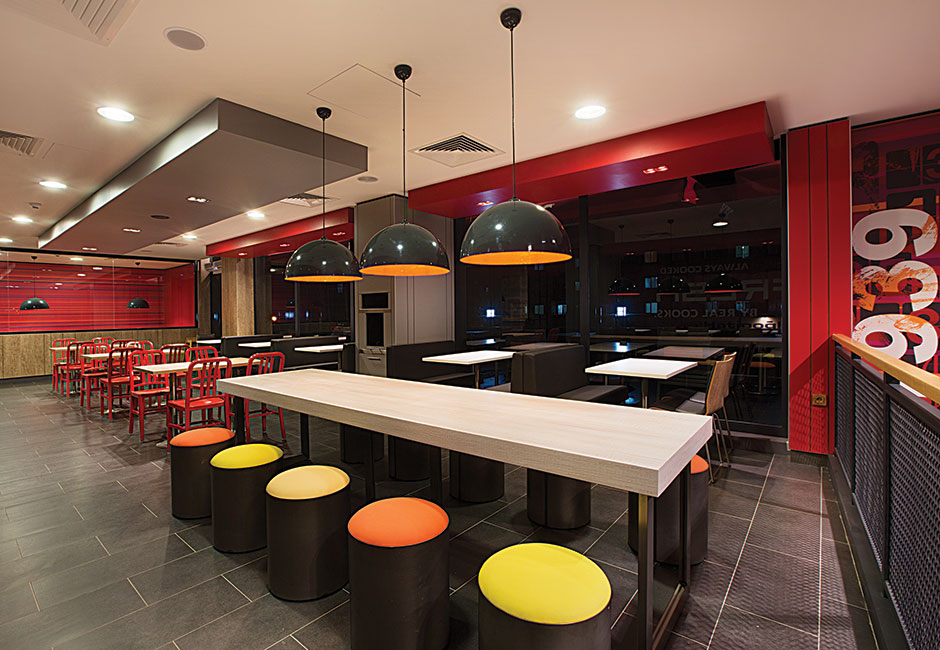

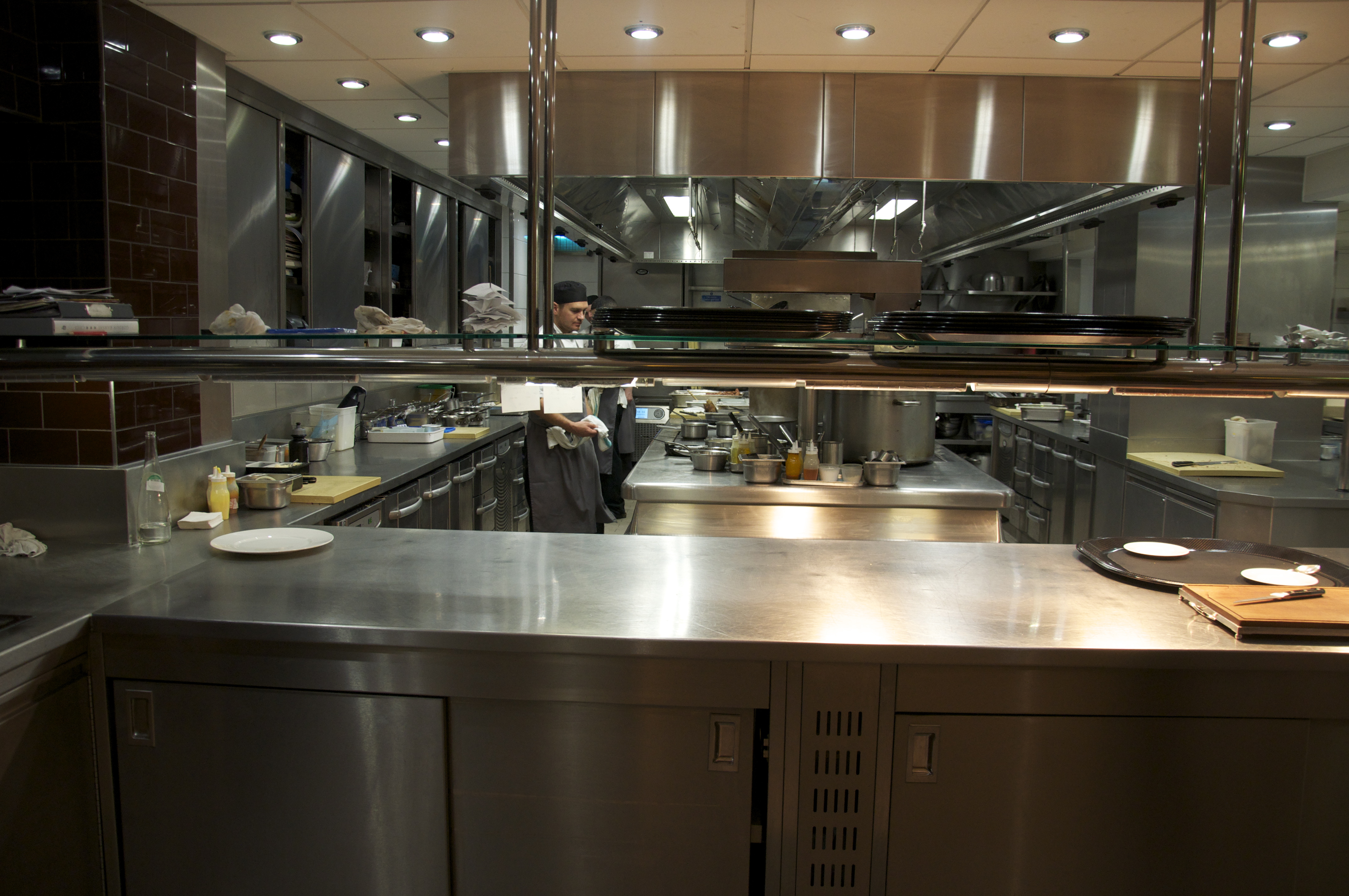








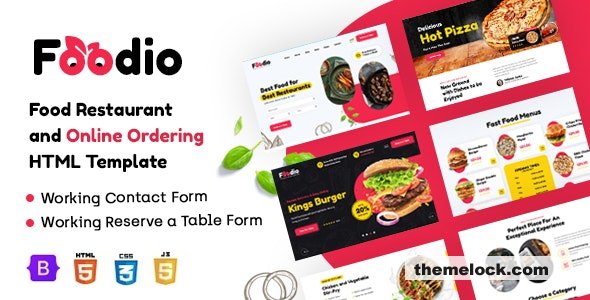









.jpg)
 (1).jpg)
.jpg)


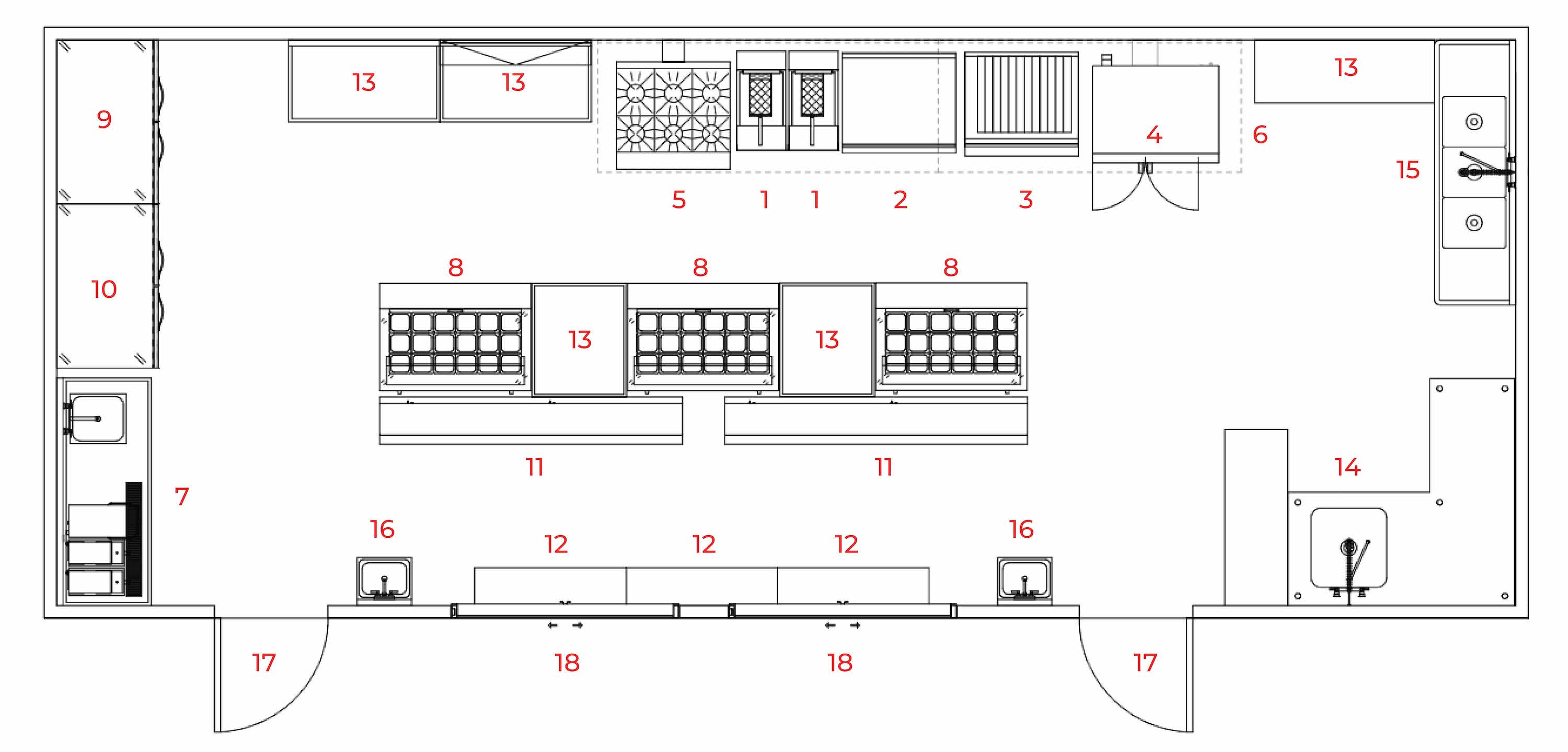
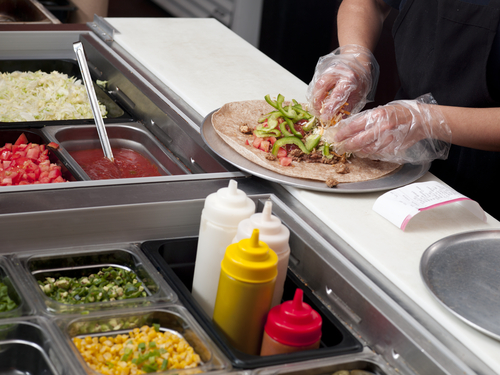




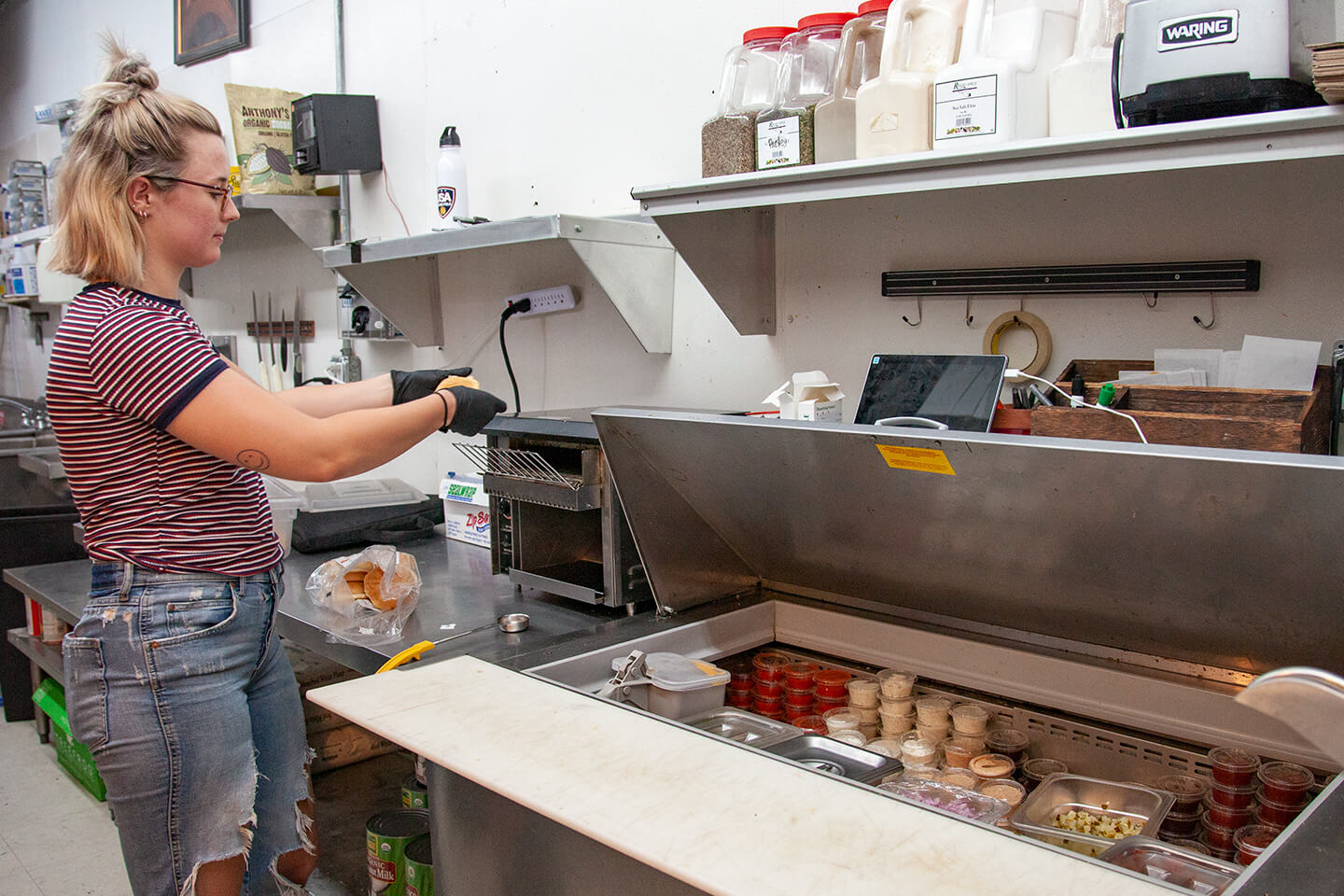
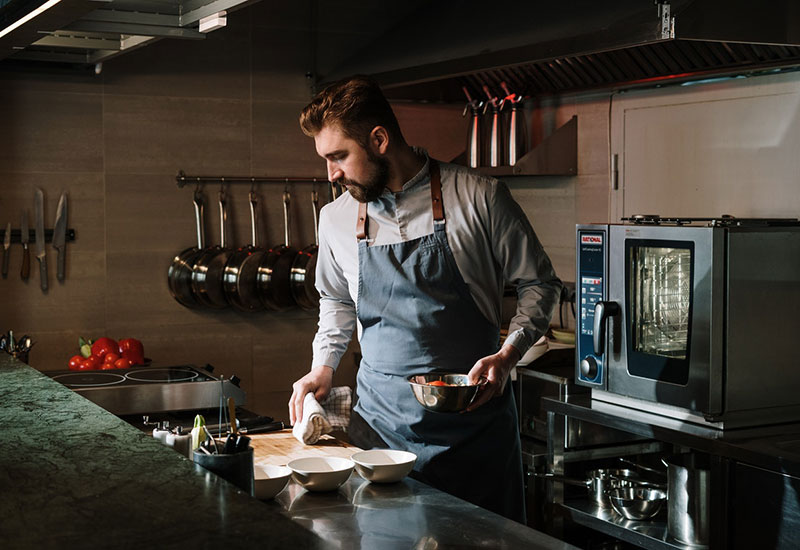







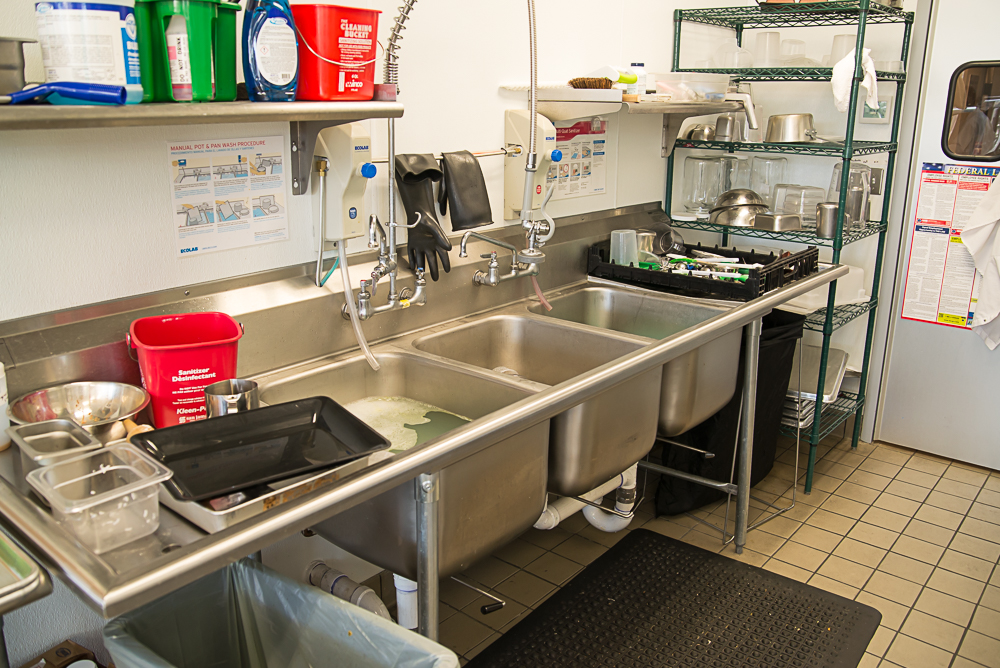



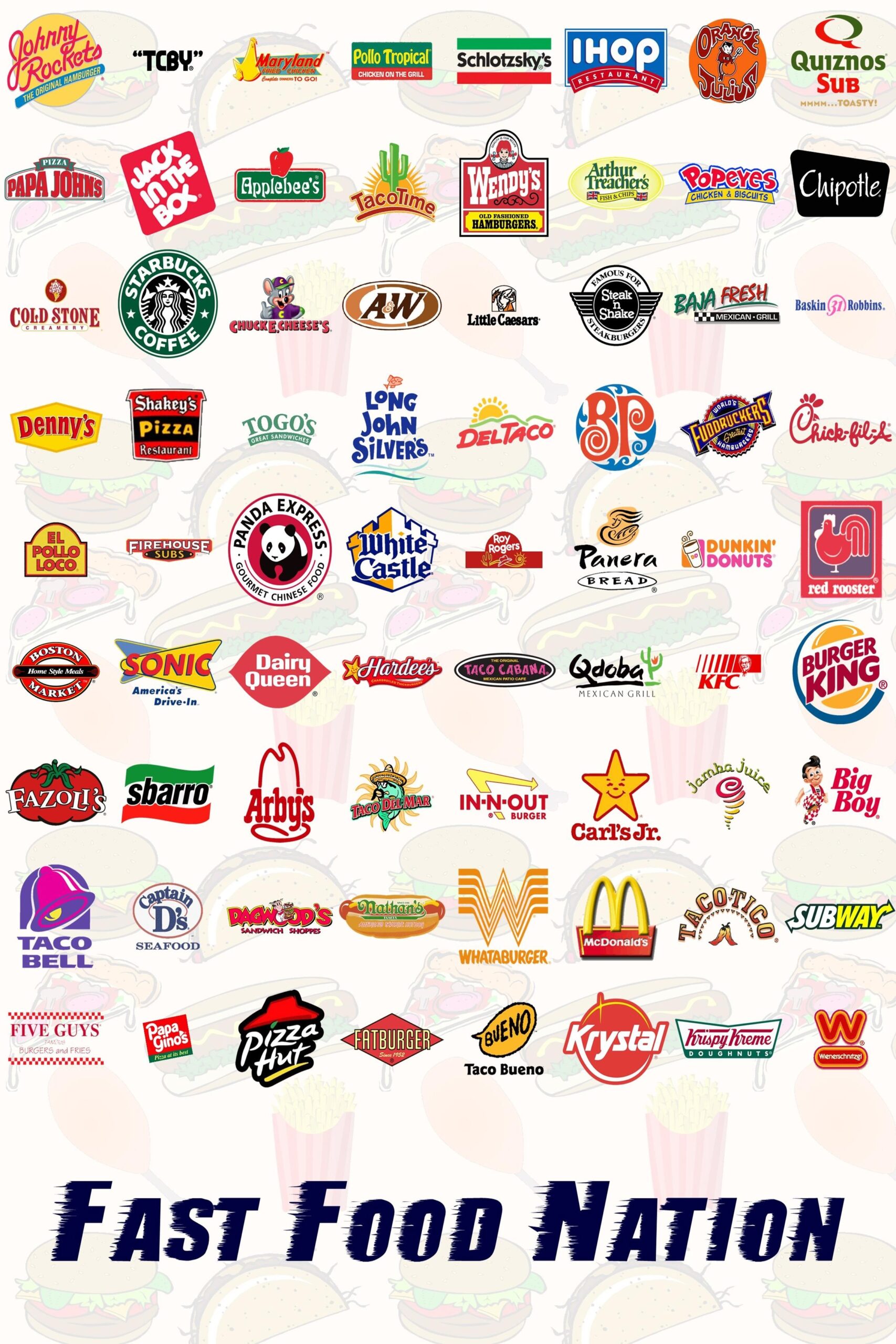
















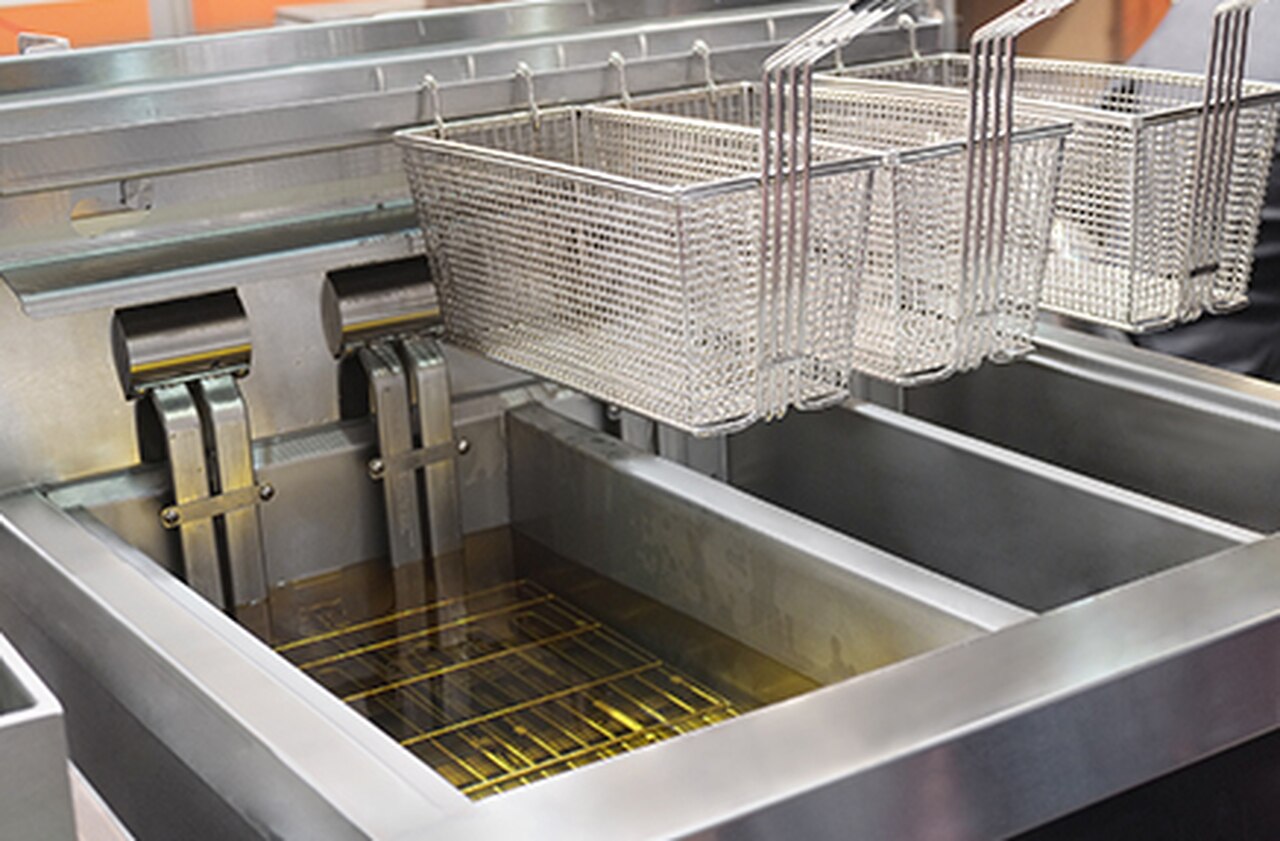














 (1)-p-3200.jpg)








